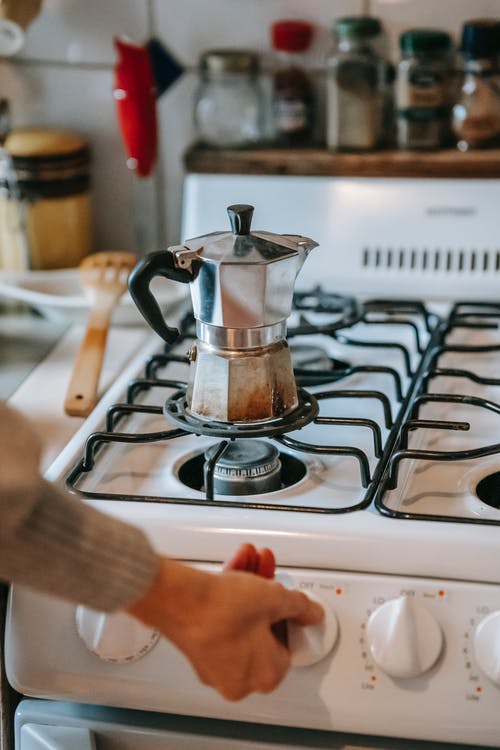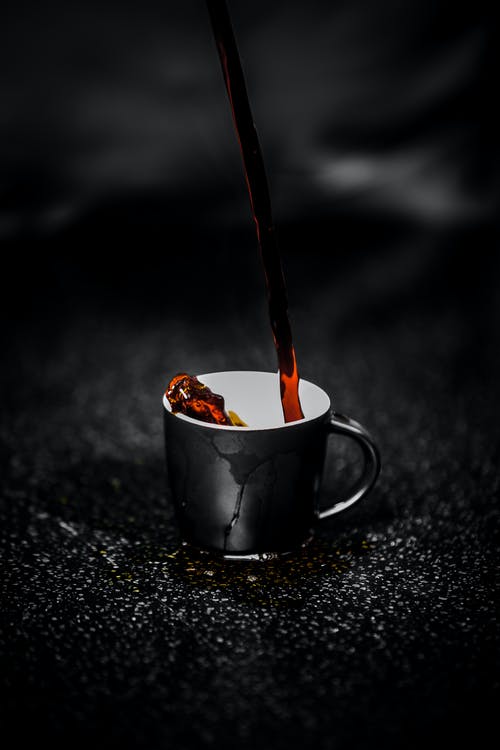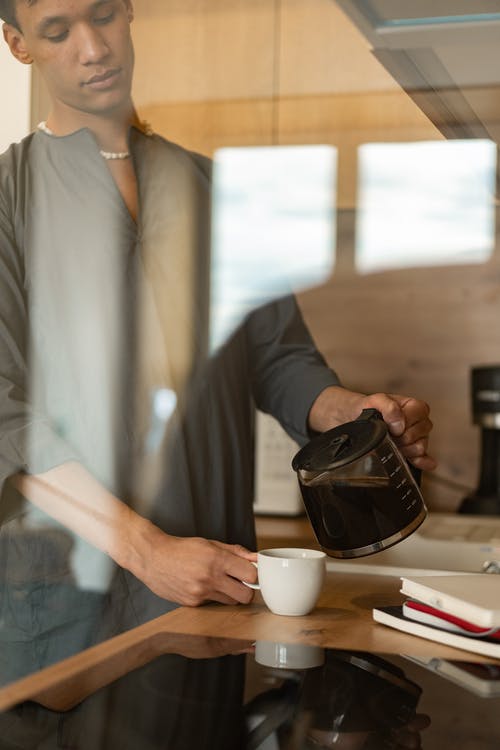Is your espresso machine not working properly? Or did you recently break one? This news is no less than a nightmare for people who solely rely on coffee to open their eyes on a Monday morning.
Broken espresso machine? No amount of caressing and begging is going to make it pour you one last cup of coffee.
But you will be surprised to know how easily replaceable it is with the hacks that will provide the same rich mug of coffee you crave. All will turn out just fine as long as you still possess the coffee beans or grounds.
History
Coffee has been a part of our lives way before the introduction of electricity, let alone the invention of machines. This exotic beverage has been popular since the early 15th century, and people have been brewing it without the espresso machine available.
So what makes you think that you can’t brew a coffee on the stovetop? Following are the tips that you can practice to brew yourself a cup of joy.
And if you want to know about coffee recipes with milk alternatives, check out our guide, Coffee Recipes With Milk Alternatives.
Cowboy coffee
Are you a fan of camping trips? Do you like to admire the mesmerizing surrounding while a cup of coffee lifts your spirits? Well, cowboy coffee is a traditional way of brewing your coffee in such conditions.
All you need to do is make sure that you pack ground coffee, a pot, mug, water, and a spoon when backpacking for the trip.
Directions
Measure and combine the water and coffee into a saucepan.
Place the saucepan on a stove with medium heat to make it boil. Start stirring slowly as soon as it starts boiling.
Remove the pot from the stove and let the coffee grounds settle for a few minutes so you can pour your coffee into a mug.
Turkish coffee
The brewing pot used in this procedure is usually known as an ibrik that serves Turkish coffee. A saucepan can be used as an alternative if you don’t have one.
Directions
The method is the same as the cowboy coffee with some amendments. Fill the ibrik with water and let it reach the boiling point on the stove. You can add sugar to the water to give it some flavor.
Lower the heat as soon as it reaches the boiling point and add the coffee grounds. Let it reach the boiling point again once the beans are added.
Remove the pot and let it settle before discharging it into a mug.
Coffee is boiled twice in this process to brew a fluffier yet stronger beverage with a rich foam.
Coffee bag
People who prefer coffee without any bitter or grounds reaching their mouth need to practice this method for brewing a cup of coffee.
Paper filters or empty tea bags with a string are used to fill them with the coffee grounds.
Directions
Pack the paper filter with the amount of coffee you plan on making. For standard, Use two tablespoons for 250ml of water. You can tie the paper filter with a string, making it easy to reach and pull out.
Place the homemade coffee bag into the mug as the water boils. Next, discharge the boiling water into the mug and let the coffee grounds settle, and do the work.
Pull the string a little to make sure it merges with the water properly. If you feel you have reached the color of coffee you prefer, then you can detach the coffee bag from the mug.
Cold-brew coffee
The only thing that sets it apart from the other procedures mentioned above is that this method takes around 12 to 24 hours to brew with cold water!
Though it is a time-consuming process, it is lighter on the stomach, less acidic, and you don’t have to worry about the caffeine rush.
Tools
- A glass jar with a tight air lid
- Water
- Cheesecloth
- Coffee grounds and some patience!
Directions
Grind the coffee beans and place them in the glass jar with an air-tight lid. Pour some water and stir slowly to make sure that the coffee grounds get wet properly.
Cover the jar with a lid and store it in the refrigerator to steep for 12 to 24 hours. Later cheesecloth is used to stain the grounds after the mixture is brewed entirely.
Dairy or non-dairy milk or cream can be added to enhance the flavor.
Instant powder coffee
It is the most effortless procedure and instantly provides you with a cup of hot coffee. But since it is in crushed powder form, it lacks the richness that the beans contain.
Heat one cup of water in either a microwave or a stovetop. Add two tablespoons of instant coffee powder into the mug.
Pour the water into the mug just before it starts boiling and stir the blend till it dissolves.
Cream or milk and sugar can be used for flavor.
Stovetop coffee with an espresso machine
A stovetop is still required in some espresso devices to heat them. Following are some of the coffees that need stovetop despite having an espresso machine.
If you want to know the best large espresso machines out there, do check out our guide, The Best Large Espresso Machines for Baristas.
Stovetop Moka Pot
Dismantle the Moka pot, start filling the bottom with water, and place the filter to strain the coffee grounds. Make sure the lid and bottom are tightly sealed to avoid it from leaking.
Next, settle the stovetop espresso on the stove to let it heat at a low-medium pace and wait to hear the sound of coffee bubbling inside.
Turn off the stove as soon as you hear the sputtering sound of bubbles building up and serve!
Get creative!
Do you get captivated by the art made on the surface of the freshly brewed coffee? Is that yet another explanation that draws in you to have a latte at a bistro? Individuals generally conform not exclusively to taste the rich espresso yet enjoy the tastefully satisfying presentation of a latte.
All you need to do is froth your milk so you can add the foam as the topping of your coffee. It can be designed with the help of a toothpick or an art device.
Chocolate and caramel syrups can be used for extra flavoring and layering up the design.
You can easily create the basic art designs of a heart, bear, and spirals using the foam and syrup of your preference at home.
It is possible to achieve the goal of making eye-pleasing beverages at home that taste just as good.
Conclusion
Ancient people have been surviving without relying completely on the espresso machine, well so can you! Stovetop coffees taste just as fresh and rich as brewed in the machine.
It can be upgraded by adding flavors and spicing up with the creative art designs on the surface to make one day.
If you are interested in knowing the benefits of drinking coffee, check out our guide, The Little Known Benefits of Drinking Coffee.






